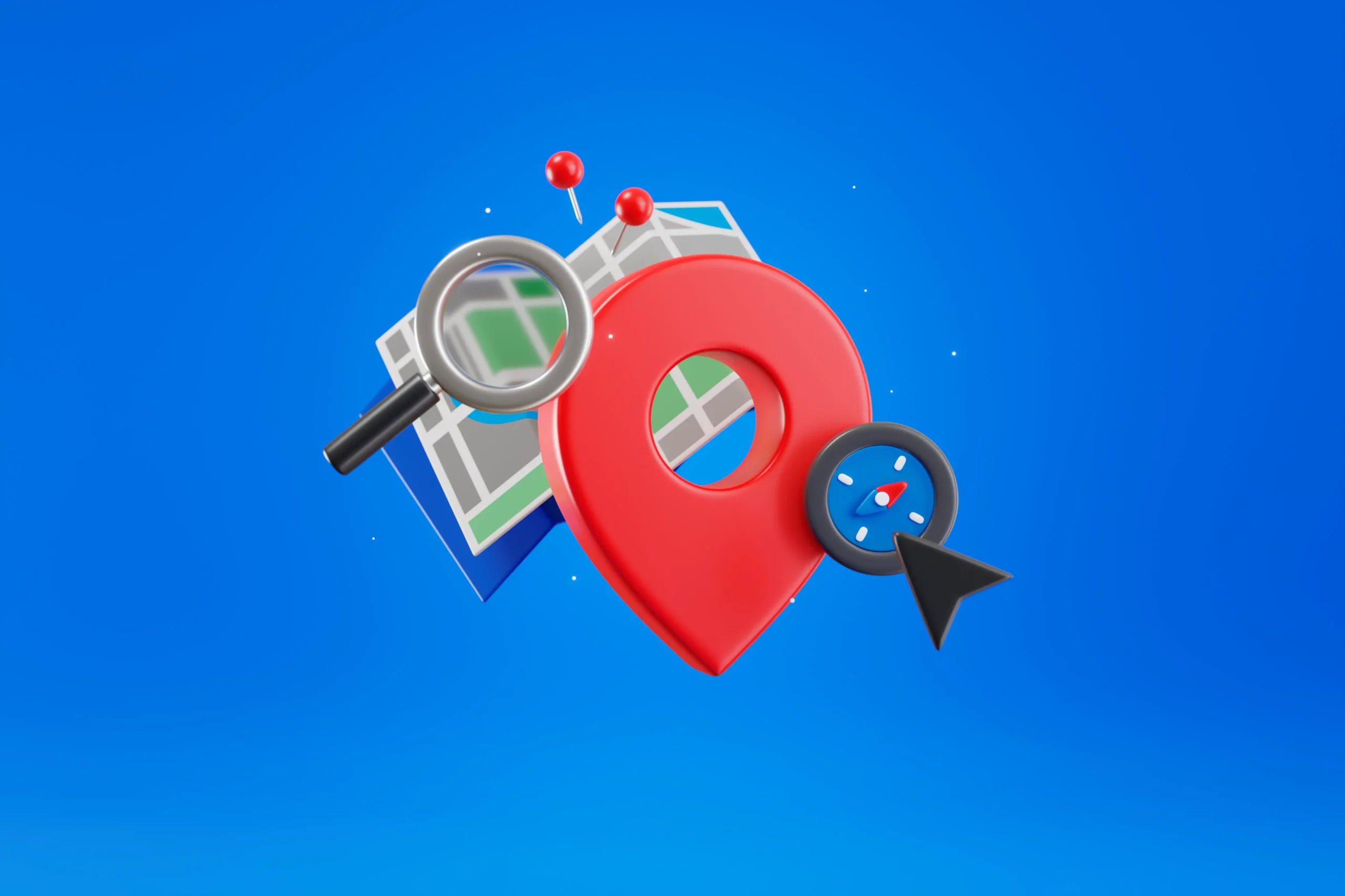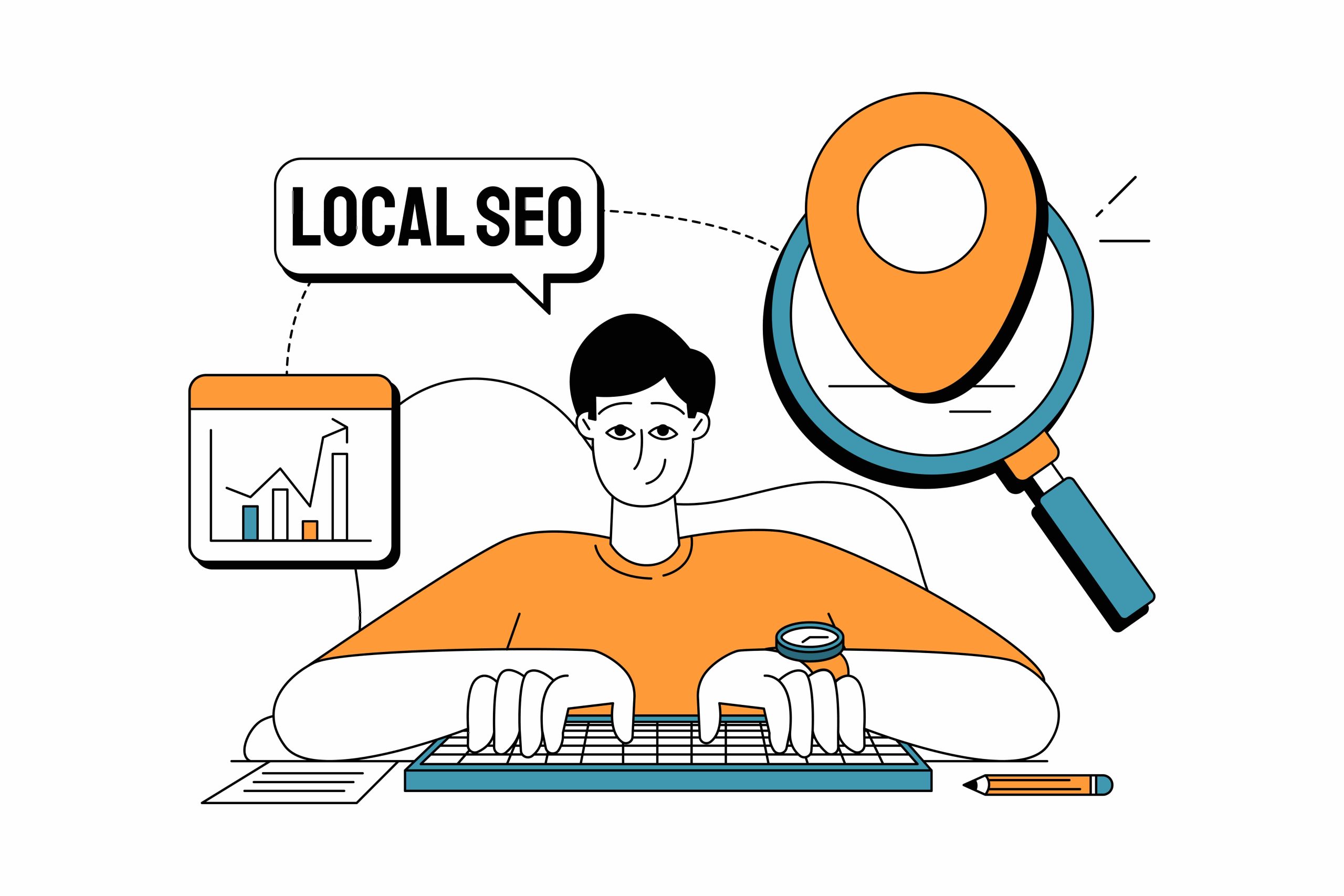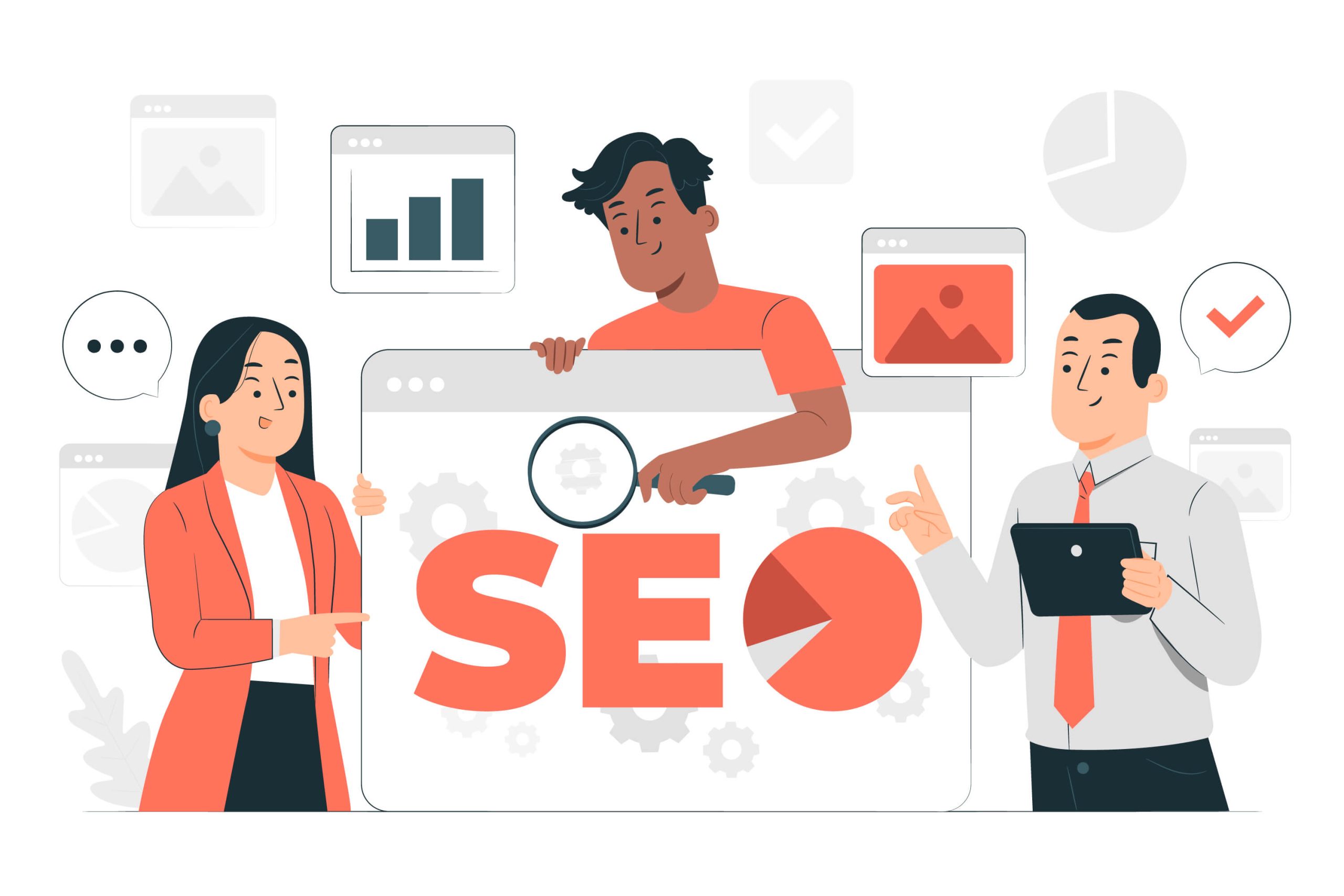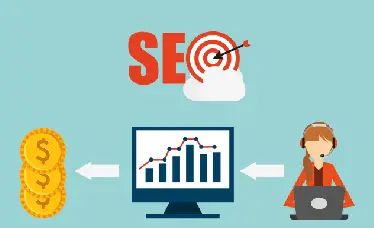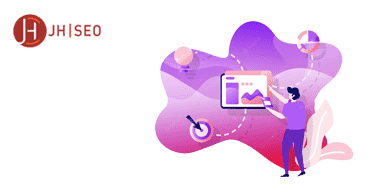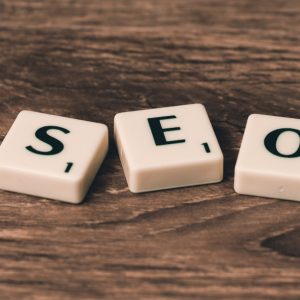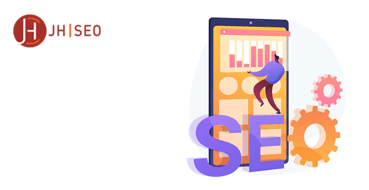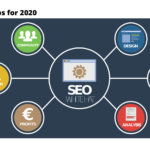In the competitive world of ecommerce, leveraging SEO is essential for driving growth on platforms like Shopify. Search engines such as Google, Bing, and Yahoo play a crucial role in determining the visibility of your Shopify store in search results. By implementing a well-rounded SEO checklist, you can significantly enhance your store’s presence in other search engines’ results, making it easier for potential customers to find your products.
Effective SEO not only boosts your visibility but also drives targeted traffic to your ecommerce site, leading to higher conversion rates. On-page SEO elements, such as optimized meta descriptions and relevant keywords, are vital for improving your store’s rankings. By focusing on these aspects, you can attract more qualified visitors and turn them into loyal customers, ultimately contributing to your long-term ecommerce success.
Search Engines
Search engines like Google, Bing, and Yahoo operate by crawling the web to discover and index pages, then ranking them based on their relevance to user queries. The process begins with web crawlers systematically scanning websites and gathering information about their content. This data is then stored in a vast database, where algorithms evaluate it to determine the most relevant results for a given search. Understanding how these search engines work is crucial for effective SEO, as it helps in crafting strategies that align with their ranking criteria.
For your Shopify store, search engines have a significant impact on visibility and ranking for online stores. By adhering to an SEO checklist that includes optimizing on-page SEO elements, you can improve your store’s standing in search results. Factors such as keyword usage, meta tags, and site structure influence how well your pages rank, affecting how easily potential customers can find your products. By aligning your SEO practices with search engine algorithms, you can enhance your store’s visibility, attract more traffic, and ultimately drive growth.
Meta Description
Meta descriptions are brief summaries of a webpage’s content that appear below the page title in search results. They play a significant role in SEO by providing a snapshot of what users can expect when they click on a link. A well-crafted meta description can enhance your blog post Shopify store’s visibility and encourage users to visit your page, making it an essential element of your SEO checklist.
To craft compelling meta descriptions, focus on creating concise, engaging summaries that incorporate relevant keywords and clearly communicate the value of the page. Effective meta descriptions should target keywords that entice users to click by highlighting key benefits or unique selling points of your products or content.
Best Practices for Writing Meta Descriptions for Shopify Product Pages and Blog Posts:
- Include Relevant Keywords: Incorporate primary and secondary keywords related to your product or content. This helps search engines understand the page’s relevance to user queries and can improve your visibility in search results.
- Highlight Key Benefits: For product pages, mention unique selling points or features that set your product apart. For blog posts, emphasize the value or insights the content provides. This encourages users to click by showing them what they’ll gain from visiting your page.
- Keep It Concise and Engaging: Aim for a meta description length of 150-160 characters to ensure it displays fully in search results. Write in an engaging, persuasive tone that captures attention and entices users to click through to your Shopify store or blog.
- Create Unique Descriptions for Each Page: Avoid using the same meta description across multiple pages. Tailor each description to accurately reflect the content of the specific page, improving relevance and click-through rates.
SEO Checklist
Optimizing your Shopify store for search engines requires a comprehensive SEO checklist to ensure all aspects of your site are covered. Effective SEO is critical for improving your store’s visibility in search results and driving targeted, organic traffic back to your site.
A. Comprehensive Checklist for Optimizing Your Shopify Store’s SEO:
- On-Page SEO: Focus on optimizing titles, headers, and keyword placement to enhance relevance and improve page SEO. Ensure that each page has a unique, descriptive title and clear, keyword-rich headers that align with user search queries. Proper keyword placement in the content helps search engines understand the context and relevance of your page.
- Off-Page SEO: Build authority through link building and other external factors. Acquire backlinks from reputable sites to boost your store’s credibility and ranking. Engage in strategies like guest blogging and partnerships to enhance your store’s visibility beyond your site.
- Technical SEO: Address site speed, mobile-friendliness, and crawl errors to improve user experience and search engine performance. Ensure your site loads quickly, is responsive on mobile devices, and is free of crawl errors that could hinder search engine indexing.
- Content SEO: Optimize your blog content and product descriptions with a strategic approach to keywords. Develop a content strategy that includes relevant blog posts, detailed product descriptions, and well-researched keywords to attract and engage users.
Tools and Resources to Help You Implement the Checklist
Implementing a thorough SEO checklist for your Shopify store requires the right tools and resources to ensure effective optimization. Several tools can assist in enhancing your page SEO, tracking performance, and refining your strategies.
- Google Search Console: This essential tool provides insights into how search engines view your site. It helps identify crawl errors, track your site’s performance in search results, and optimize your presence on search engines. Use it to monitor your site’s health and gain actionable data to improve your SEO efforts.
- Google Analytics: This tool is invaluable for understanding how visitors interact with your site. It offers detailed reports on traffic sources, user behavior, and conversion rates. By analyzing this data, you can refine your content and keyword strategy to better align with user intent and improve search engine visibility.
- SEMrush: SEMrush is a comprehensive SEO tool that helps with keyword research, competitive analysis, and tracking your site’s search engine rankings. It provides valuable insights into your competitors’ strategies and helps identify opportunities to enhance your page SEO and improve your rankings in search results.
- Ahrefs: Known for its robust link analysis capabilities, Ahrefs helps you monitor your backlink profile, analyze competitors, and discover new link-building opportunities. It is an excellent resource for boosting your site’s authority and visibility in search engines.
- Yoast SEO: For Shopify users, Yoast SEO offers valuable on-page optimization features. It helps you create SEO-friendly content by providing real-time feedback on keyword usage, meta descriptions, and readability, ensuring that your pages are well-optimized for search engines.
By utilizing these tools and resources, you can effectively implement your SEO checklist, enhance your Shopify store’s page SEO, optimize images, and achieve better visibility and performance in search results.
Meta Tags
Meta tags are crucial elements in optimizing your Shopify store for search engines. They include various types, such as title tags, description tags, and keyword tags, each serving a specific purpose in enhancing page SEO and improving visibility of category pages in search results.
- Title Tags: Title tags are HTML elements that specify the title of a webpage and appear as clickable links in search results. They should be concise, include relevant keywords, and accurately reflect the content of the page. Effective title tags help search engines understand the page’s topic and improve its ranking in search results, while also attracting users to click through.
- Description Tags: Description tags, or meta descriptions, provide a brief summary of the page’s content that appears below the title in search results. A well-crafted meta description can significantly impact click-through rates by enticing users with compelling information about what they will find on the page. It should be engaging, include relevant keywords, and highlight key benefits or unique selling points.
- Keyword Tags: While keyword tags are less influential in modern SEO, they were once used to specify the keywords a page is targeting. Today, their role is minimal, but ensuring that your content and meta tags include relevant keywords remains important for optimizing page SEO and improving rankings in search engines.
Best Practices for Optimizing Meta Tags on Shopify:
- Craft Unique Title Tags: Ensure each page on your Shopify store has a unique title tag that incorporates relevant keywords and reflects the page’s content. This helps search engines understand the focus of each page and improves your rankings in search results.
- Write Compelling Meta Descriptions: Create engaging meta descriptions for each page that entice users to click through from search results. Include relevant keywords and highlight what makes your products or content valuable to potential visitors.
- Optimize for User Intent: Focus on what users are searching for and tailor your meta tags to meet their needs and expectations. This alignment with user intent helps improve your page’s relevance and visibility in search engines.
- Avoid Keyword Stuffing: While incorporating keywords is important, avoid overloading your meta tags with them. Aim for a natural and informative description that enhances both search engine rankings and user experience.
By following these best practices, you can effectively use meta tags to boost your Shopify store’s search engine rankings, improve click-through rates, and enhance overall page SEO.
Applying key SEO best practices is vital for boosting ecommerce growth on Shopify. By following a comprehensive SEO checklist that includes optimizing on-page elements, meta descriptions, and meta tags, as well as addressing technical SEO and content strategy, you can significantly enhance your store’s visibility in search results. Consistently refining these strategies ensures improved search engine rankings and sustained traffic. Embrace these techniques to build a strong online presence and achieve long-term success in the competitive ecommerce landscape.























